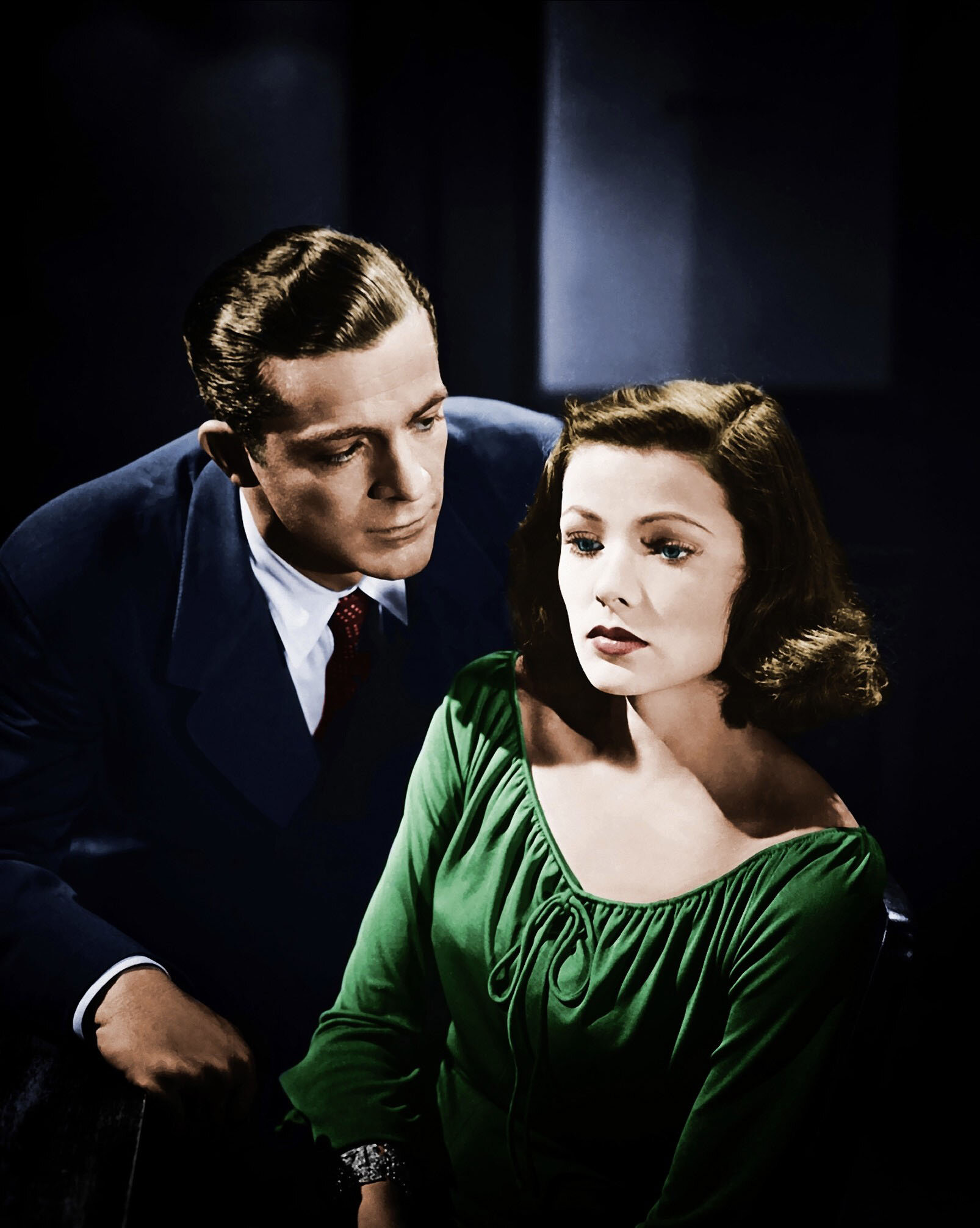Otto Preminger's Laura
Unlocking the mystery of a great film noir
Geoff Andrew, the BFI’s programmer-at-large, explains why the 1944 film Laura is a noir classic and deserving of a rewatch…
In selecting the films for the BFI’s Watching the Detectives season I decided to include a wide range of sleuths: professional and amateur, male and female, young and old, expert and incompetent, cynical and idealistic, honest and corrupt – Sherlock Holmes, ‘the Dude’ Lebowski and many more besides. Clearly, I had to include one of the most intriguingly complex cops in the movies: Mark McPherson, the detective investigating the murder of the titular character in Laura. But then complexity is par for the course for the people populating Otto Preminger’s crime classic, because none of them is quite as they seem.
Investigating the death of Laura Hunt (Gene Tierney), after a corpse killed by a shotgun blast to the face is discovered in her apartment, McPherson (Dana Andrews) interviews those closest to her – famously waspish columnist Waldo Lydecker (Clifton Webb), a mentor who claims to have known her best; Shelby Carpenter (Vincent Price), to whom Laura was engaged (though Lydecker says she had decided not to marry him); and Laura’s wealthy aunt Anne Treadwell (Judith Anderson), who despite ‘just best friends’ protestations also appears to have been involved with Carpenter. Suspecting each of these has something to hide, McPherson becomes increasingly fascinated by the victim they describe so glowingly and is entranced by her beauty as depicted in a portrait painting in her apartment. His investigative methods are marred by his confusing feelings about the dead woman – if only he could have met her himself…
The making of the film was fraught – Preminger was initially its producer and disliked by Fox supremo Darryl F. Zanuck, however he was allowed to helm the movie only after others had passed on the script and director Rouben Mamoulian had been fired when early rushes failed to please Zanuck.
Laura won immediate recognition in terms of favourable reviews and Oscar nominations; indeed, Joseph LaShelle won the Academy Award for Best Black and White Cinematography. Unsurprisingly, it is often cited as one of the films noirs that make up the remarkable ‘class of ’44’. Titles released that year included, among other fine crime movies, Double Indemnity, Ministry of Fear, The Woman in the Window, Phantom Lady, Christmas Holiday and Murder, My Sweet. That said, while its dark subject matter, chiaroscuro imagery and use of voiceover and flashbacks – showing how Lydecker met Laura and, by his own admission, turned a lowly designer into a high-flying advertising executive and society sophisticate – ensure that Laura boasts impressive noir elements, the film is not easily pigeonholed. That it breaks with convention in various ways is what makes it so satisfying and so special.
Unlike most noir thrillers, much of Preminger’s film takes place not on shadowy mean streets but in well-lit, lavishly decorated interiors. This aligns with another departure from the norm. With its pithily witty script – particularly those scenes played out to Lydecker’s self-aggrandising voiceover – and its meticulously modulated performances, Laura succeeds as social satire. Whereas McPherson seems to be a proudly working-class stiff, the effete Lydecker, the haughty Treadwell and the feckless Carpenter, financially diminished but still parading his lordly southern origins, all belong to the bourgeoisie, and the film delights in exposing their hypocrisy.
Not that the cop is let off the hook: Laura is also an astute psychological study of obsession, with McPherson developing a perverse, near-necrophile passion for a woman he never met. Are his feelings fuelled by fantasies that he, like she, could enter the realm of the rich and powerful? We never really know, because Preminger loved ambiguity; rather than tell us what to think about his characters’ actions and motives, he prefers viewers to judge for themselves. Even the romanticism of David Raksin’s famous theme tune is laced with irony. Indeed, nothing we are shown or told in this gloriously subtle, multilayered movie should be taken at face value; it’s why Laura is worth watching repeatedly – and very closely indeed.
Laura screens as part of the Watching the Detectives season at BFI Southbank until November 30. Find out more at whatson.bfi.org.uk
Retro readers can get two for one tickets by simply quoting YOURS241 when booking online at bfi.org.uk or over the phone 0207 928 3232
